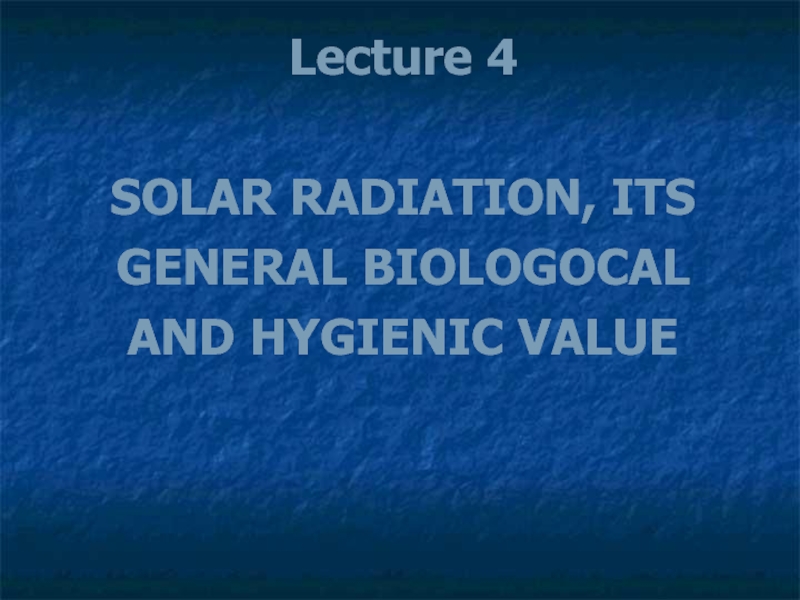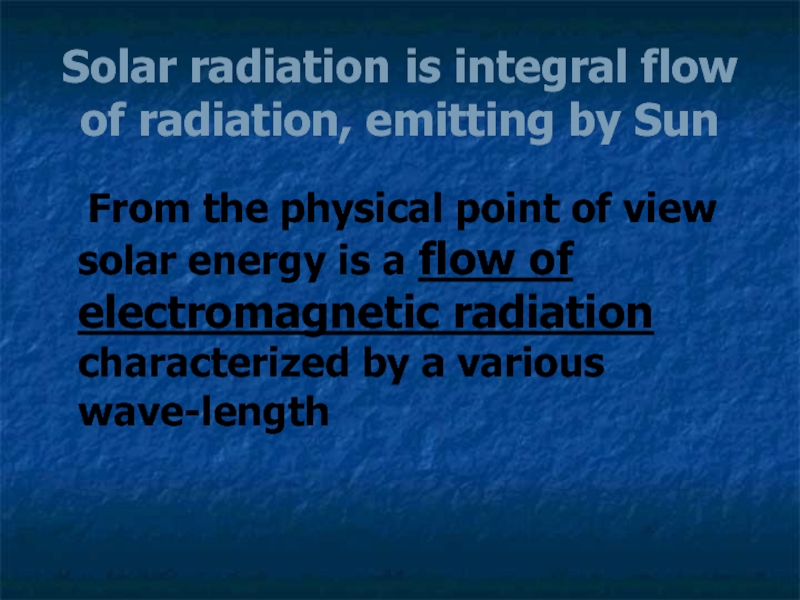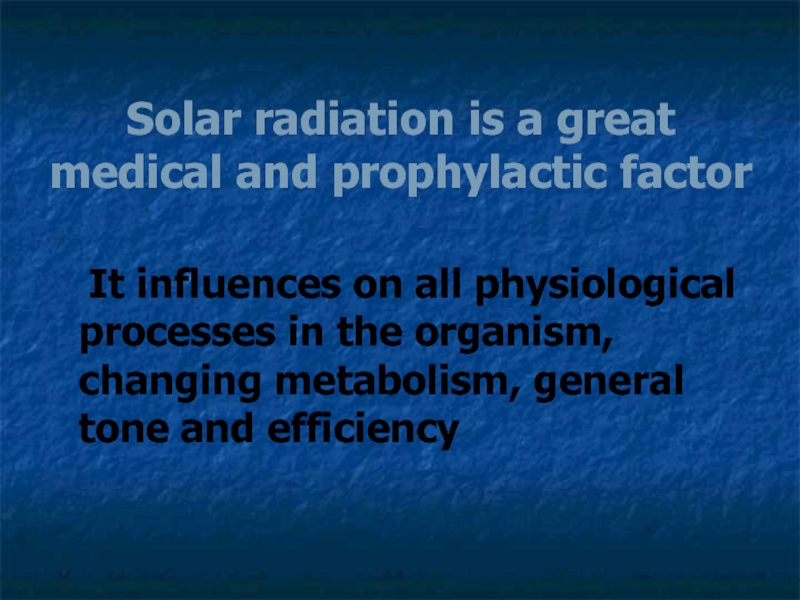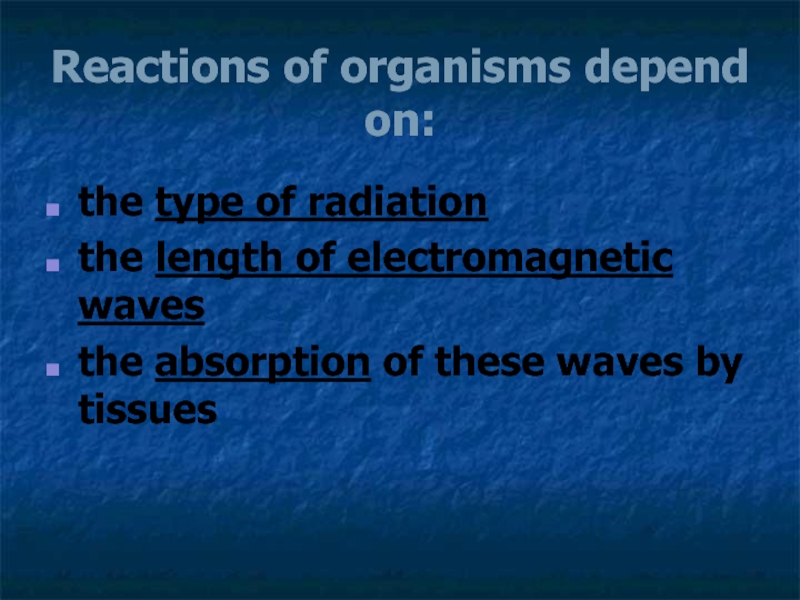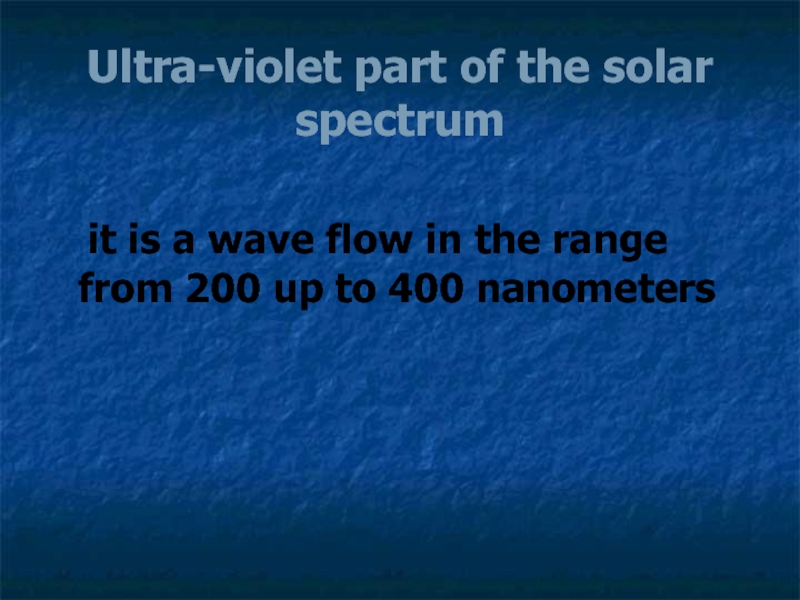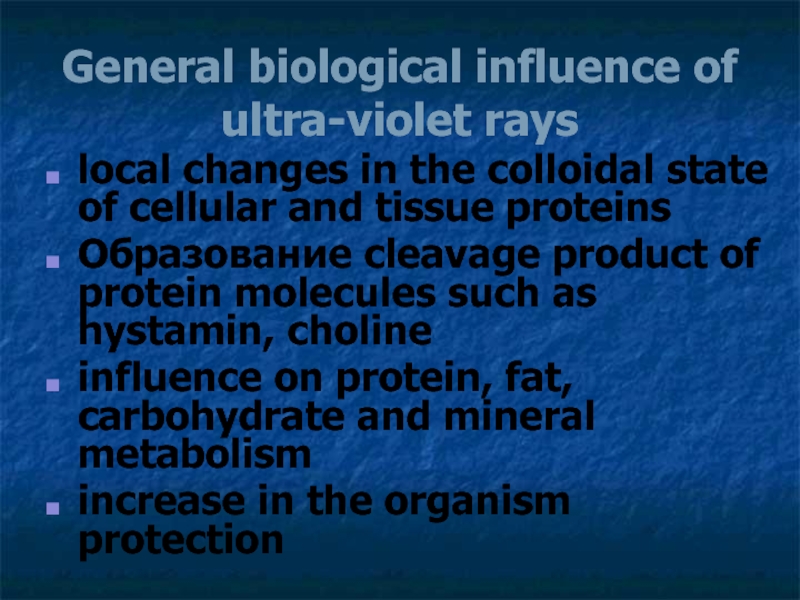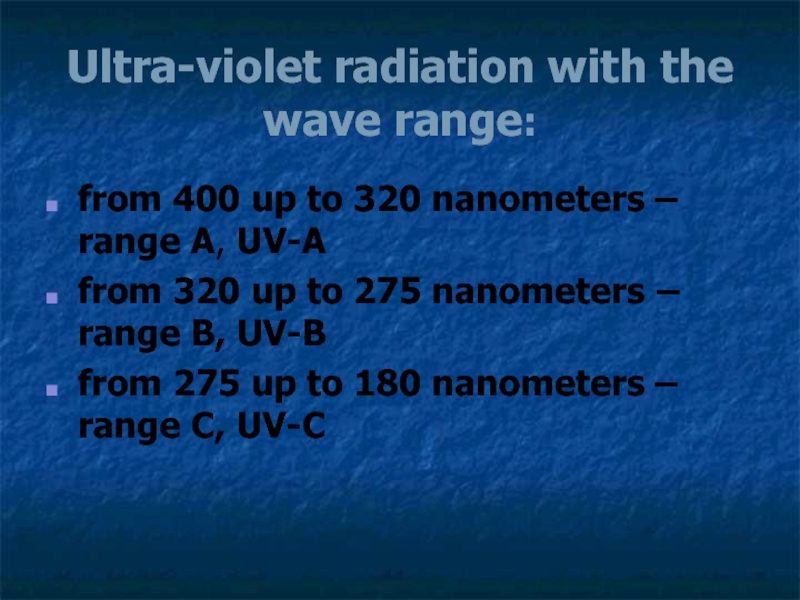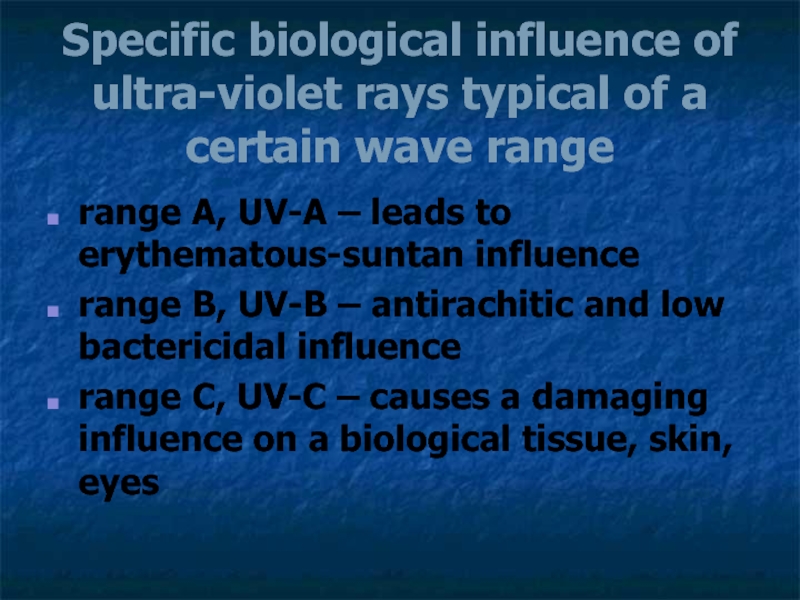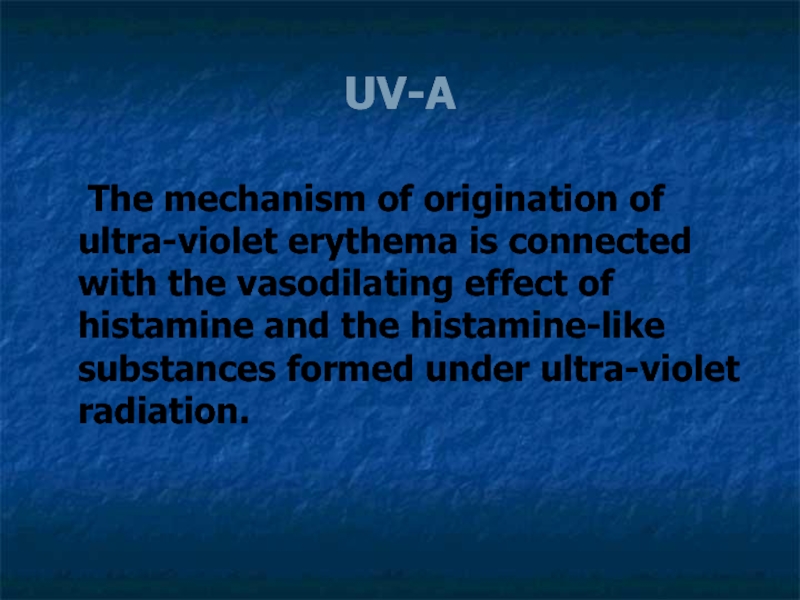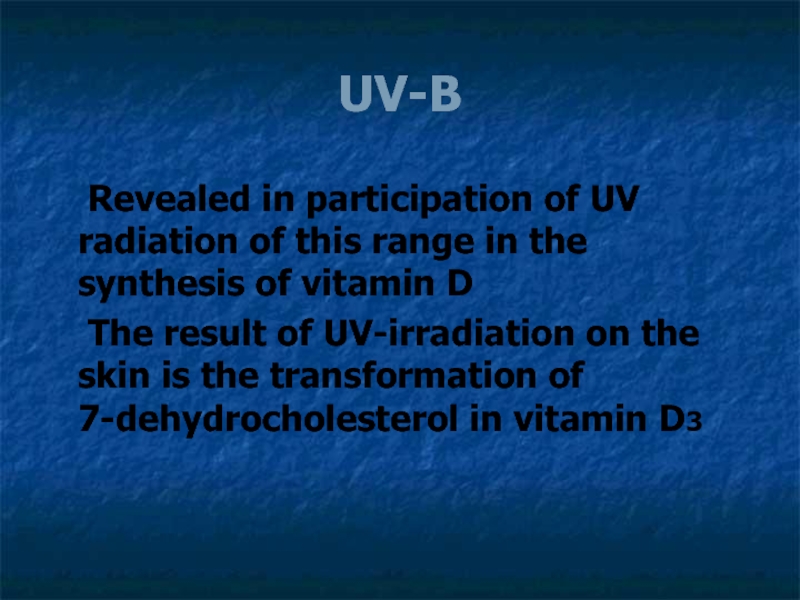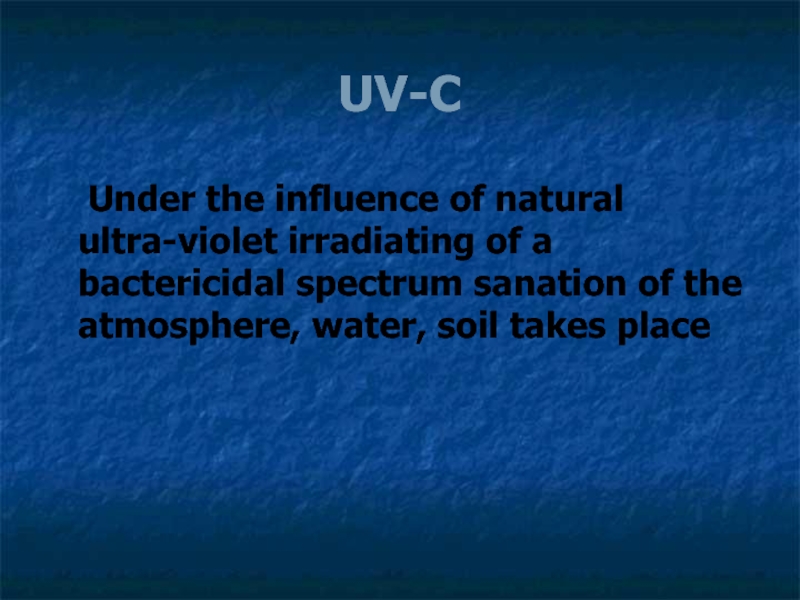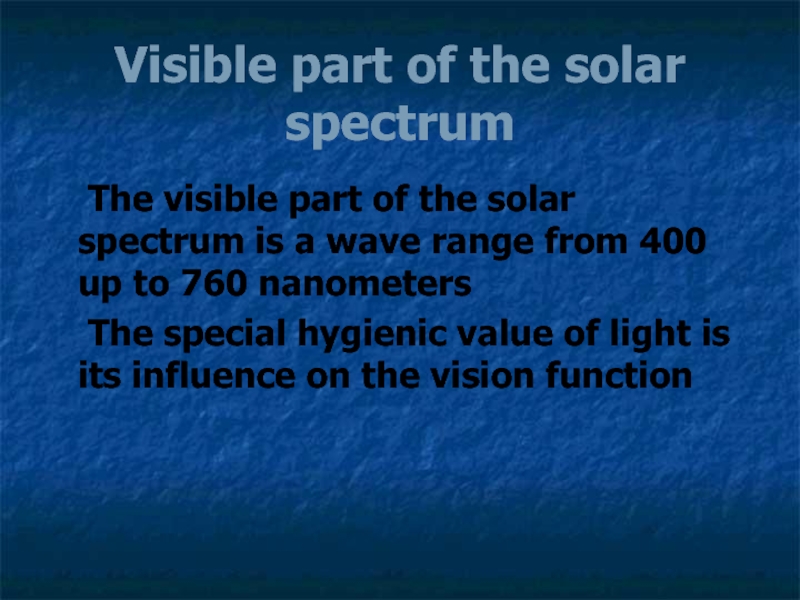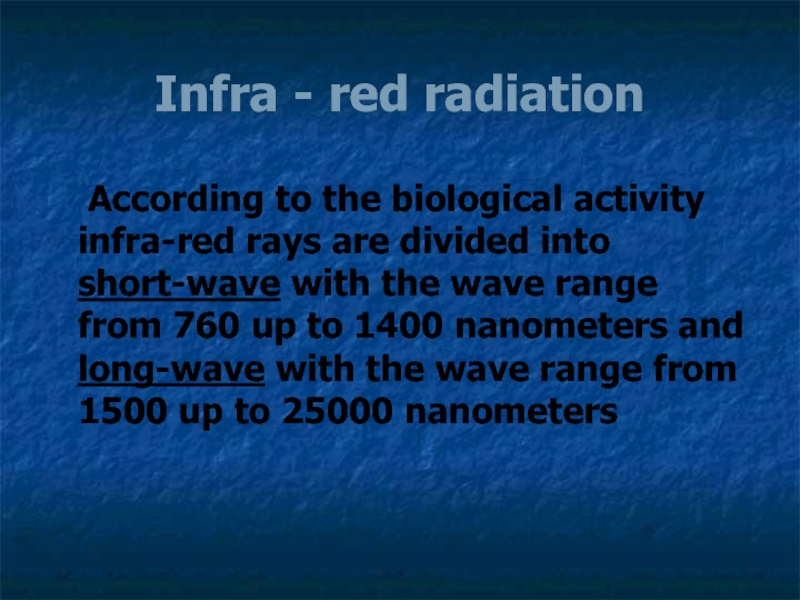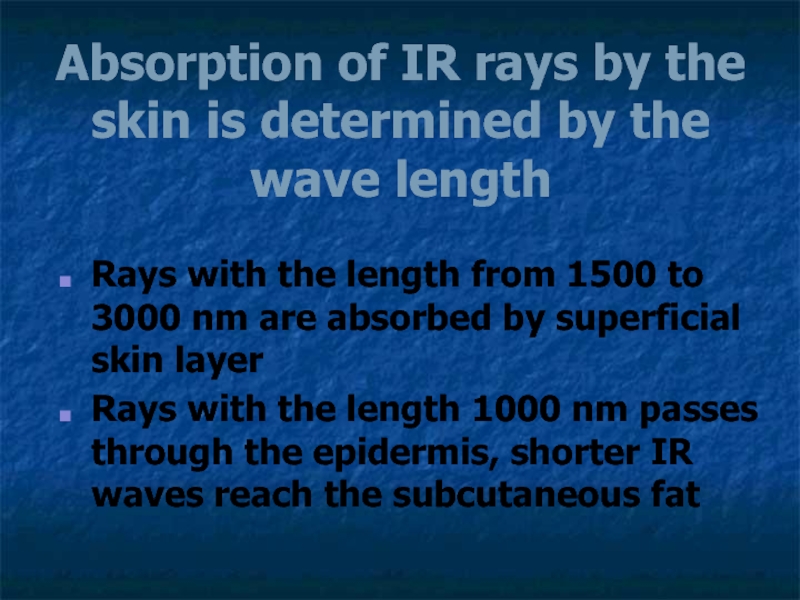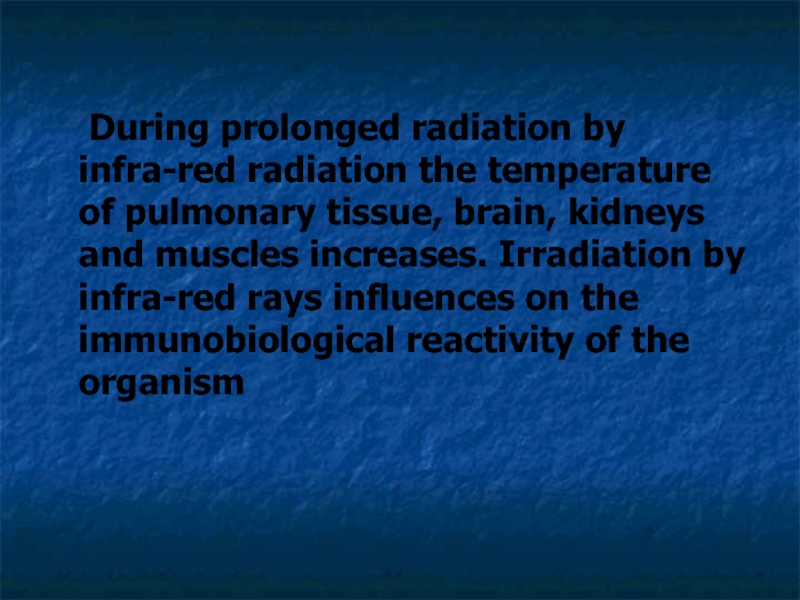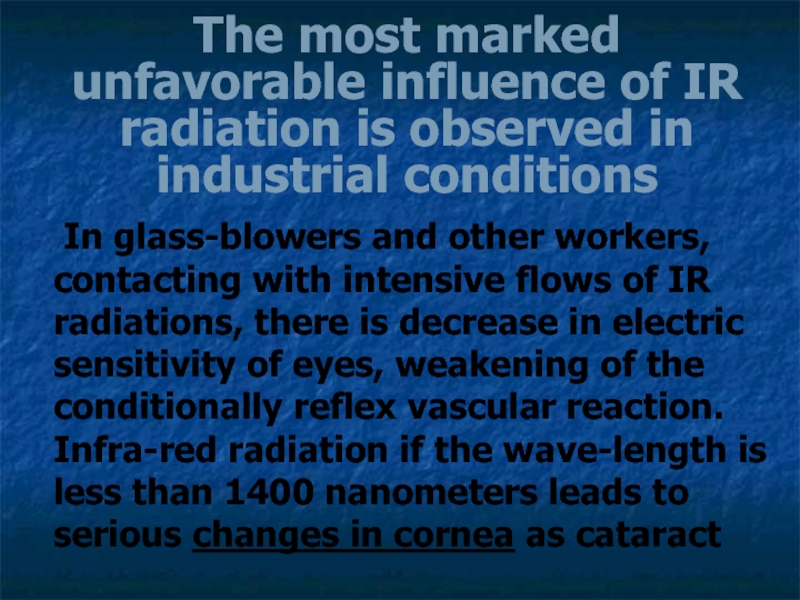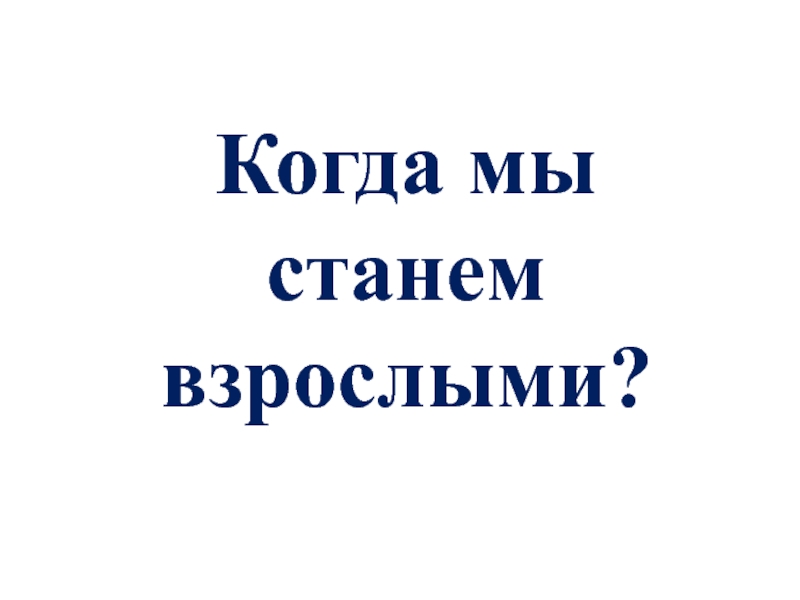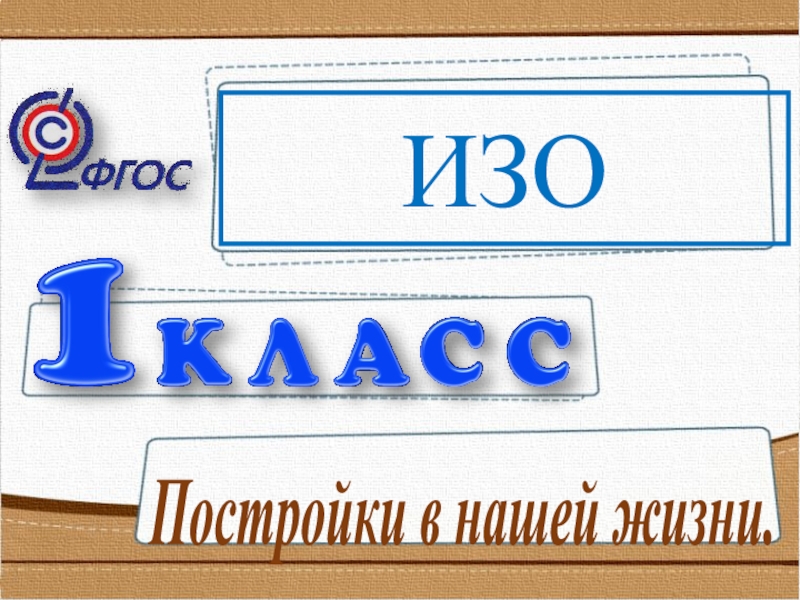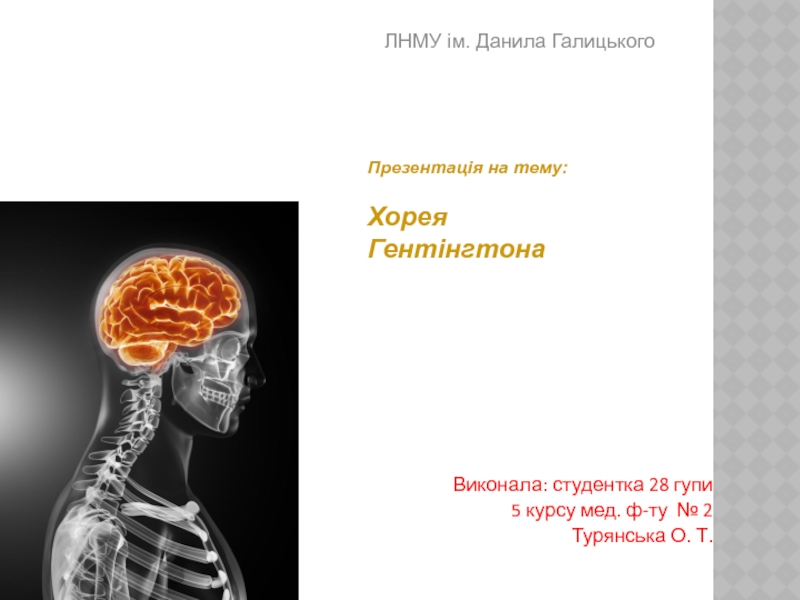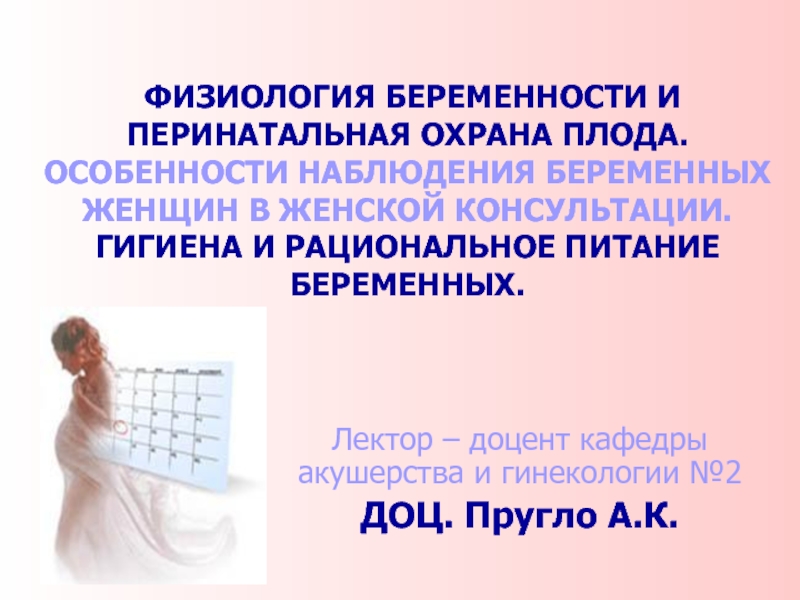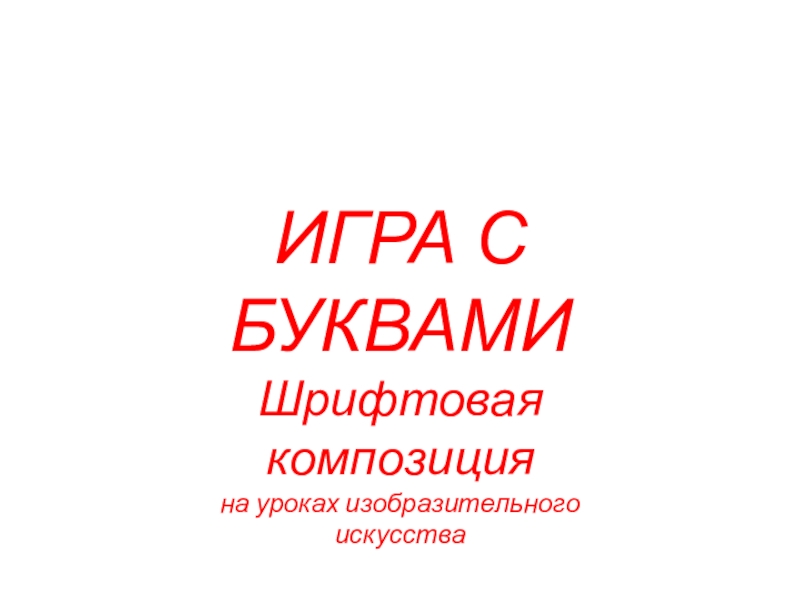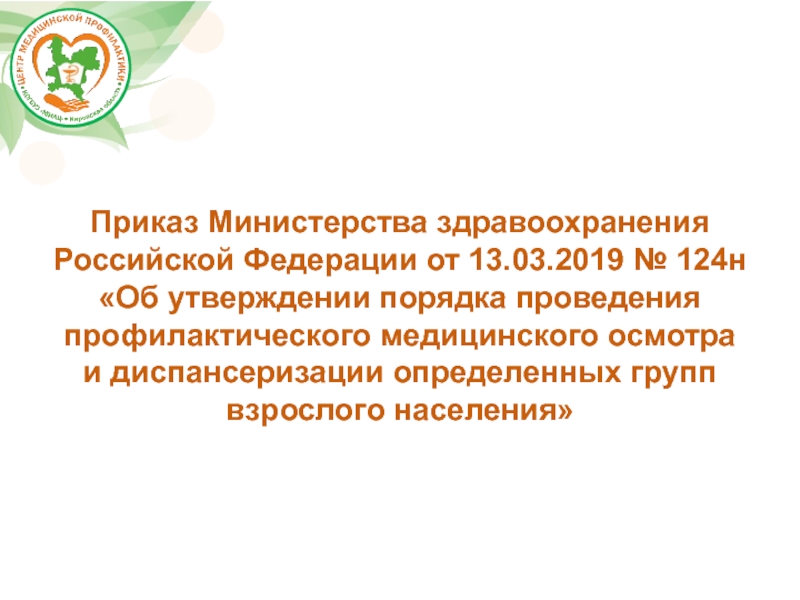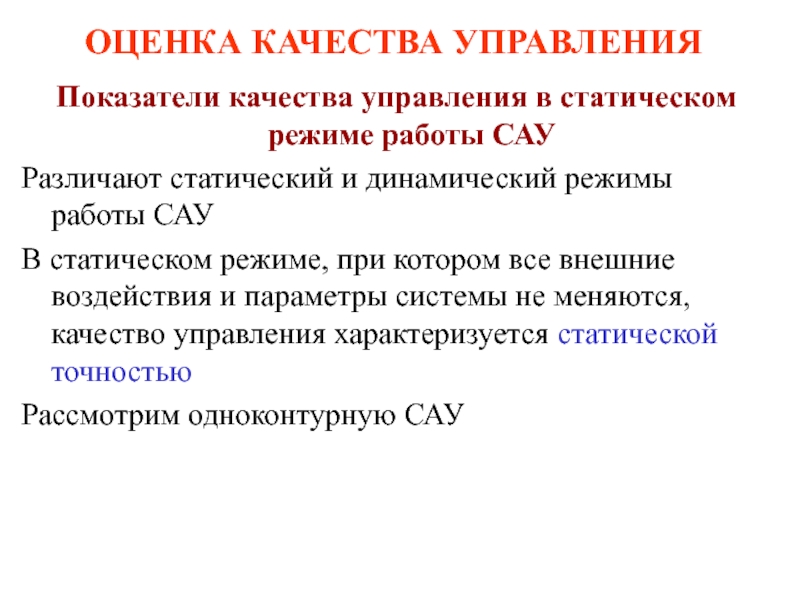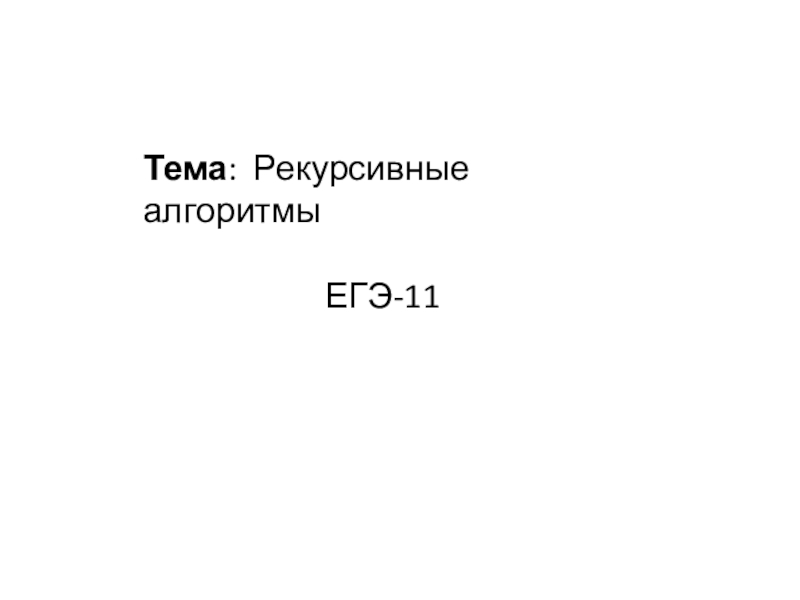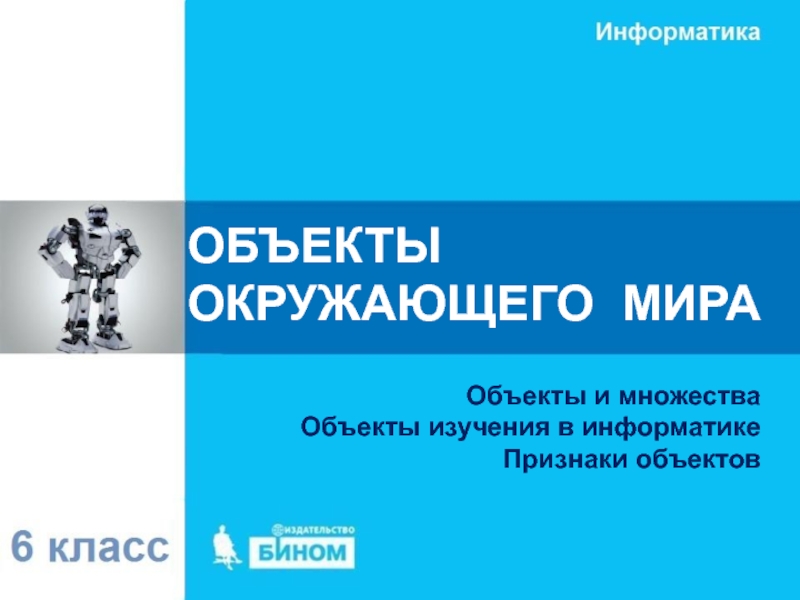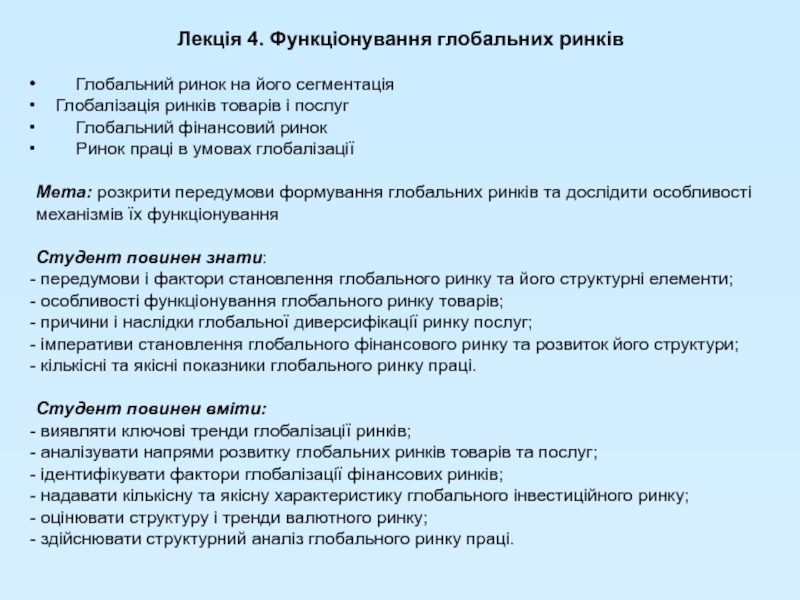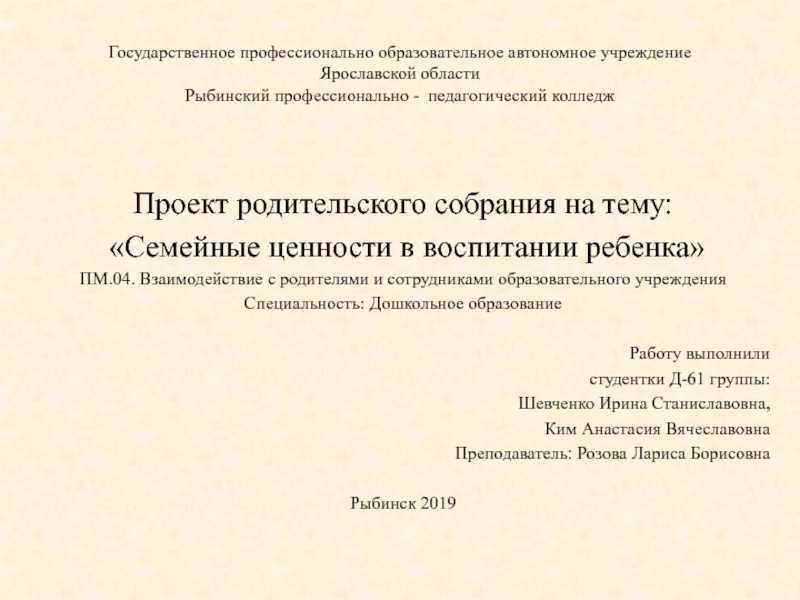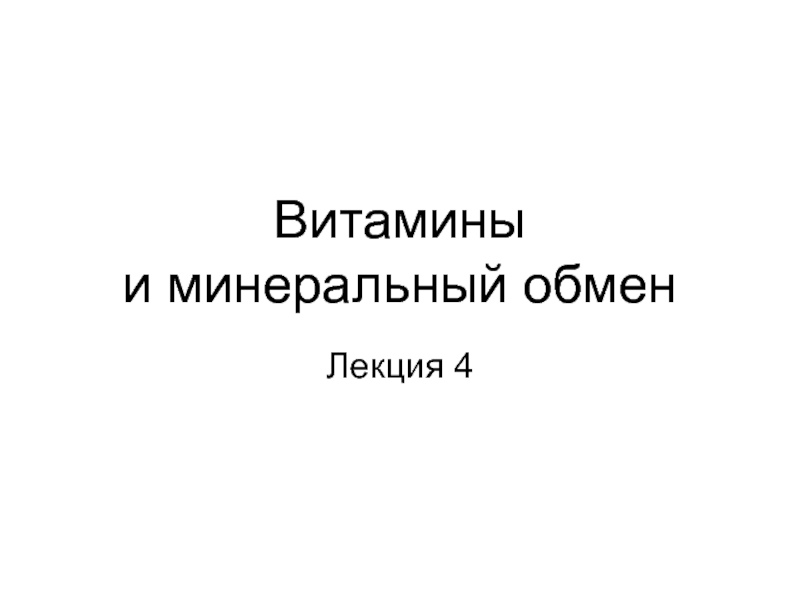Разделы презентаций
- Разное
- Английский язык
- Астрономия
- Алгебра
- Биология
- География
- Геометрия
- Детские презентации
- Информатика
- История
- Литература
- Математика
- Медицина
- Менеджмент
- Музыка
- МХК
- Немецкий язык
- ОБЖ
- Обществознание
- Окружающий мир
- Педагогика
- Русский язык
- Технология
- Физика
- Философия
- Химия
- Шаблоны, картинки для презентаций
- Экология
- Экономика
- Юриспруденция
Лекция излучения.ppt
Содержание
- 1. Лекция излучения.ppt
- 2. Solar radiation is integral flow of radiation,
- 3. Solar radiation is a great medical and
- 4. Reactions of organisms depend on: the type
- 5. Ultra-violet part of the solar spectrum it is
- 6. General biological influence of ultra-violet rays local
- 7. Ultra-violet radiation with the wave range: from
- 8. Specific biological influence of ultra-violet rays typical
- 9. UV-A The mechanism of origination of ultra-violet
- 10. UV-B Revealed in participation of UV radiation
- 11. UV-C Under the influence of natural ultra-violet
- 12. Visible part of the solar spectrum The
- 13. Infra - red radiation According to the biological
- 14. Absorption of IR rays by the skin
- 15. During prolonged radiation by infra-red radiation the
- 16. The most marked unfavorable influence of IR
- 17. Скачать презентанцию
Solar radiation is integral flow of radiation, emitting by Sun From the physical point of view solar energy is a flow of electromagnetic radiation characterized by a various wave-length
Слайды и текст этой презентации
Слайд 2Solar radiation is integral flow of radiation, emitting by Sun
flow of electromagnetic radiation characterized by a various wave-length
Слайд 3Solar radiation is a great medical and prophylactic factor
It
influences on all physiological processes in the organism, changing metabolism,
general tone and efficiencyСлайд 4Reactions of organisms depend on:
the type of radiation
the
length of electromagnetic waves
the absorption of these waves by
tissues Слайд 5Ultra-violet part of the solar spectrum
it is a wave flow
in the range from 200 up to 400 nanometers
Слайд 6General biological influence of ultra-violet rays
local changes in the
colloidal state of cellular and tissue proteins
Образование cleavage product
of protein molecules such as hystamin, cholineinfluence on protein, fat, carbohydrate and mineral metabolism
increase in the organism protection
Слайд 7Ultra-violet radiation with the wave range:
from 400 up to
320 nanometers – range A, UV-A
from 320 up to
275 nanometers – range B, UV-B from 275 up to 180 nanometers – range C, UV-C
Слайд 8Specific biological influence of ultra-violet rays typical of a certain
wave range
range A, UV-A – leads to erythematous-suntan influence
range B, UV-B – antirachitic and low bactericidal influence
range C, UV-C – causes a damaging influence on a biological tissue, skin, eyes
Слайд 9UV-A
The mechanism of origination of ultra-violet erythema is connected
with the vasodilating effect of histamine and the histamine-like substances
formed under ultra-violet radiation.Слайд 10UV-B
Revealed in participation of UV radiation of this range
in the synthesis of vitamin D
The result of UV-irradiation
on the skin is the transformation of 7-dehydrocholesterol in vitamin D3 Слайд 11UV-C
Under the influence of natural ultra-violet irradiating of a
bactericidal spectrum sanation of the atmosphere, water, soil takes place
Слайд 12Visible part of the solar spectrum
The visible part of
the solar spectrum is a wave range from 400 up
to 760 nanometersThe special hygienic value of light is its influence on the vision function
Слайд 13Infra - red radiation
According to the biological activity infra-red rays
are divided into short-wave with the wave range from 760
up to 1400 nanometers and long-wave with the wave range from 1500 up to 25000 nanometersСлайд 14Absorption of IR rays by the skin is determined by
the wave length
Rays with the length from 1500 to
3000 nm are absorbed by superficial skin layer Rays with the length 1000 nm passes through the epidermis, shorter IR waves reach the subcutaneous fat
